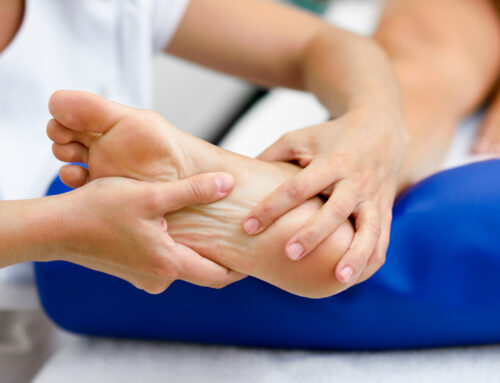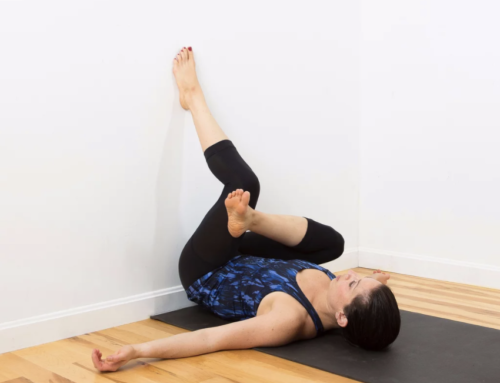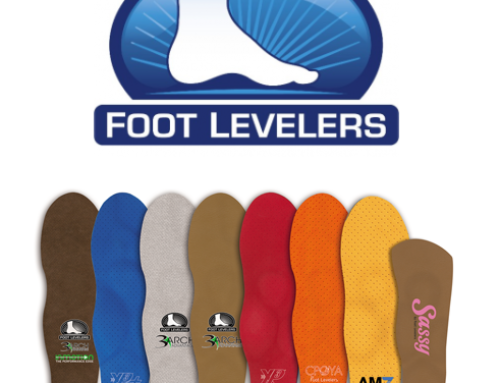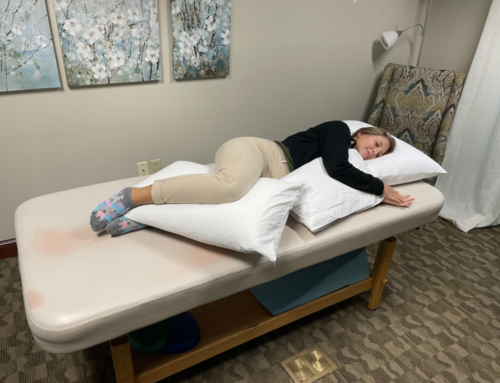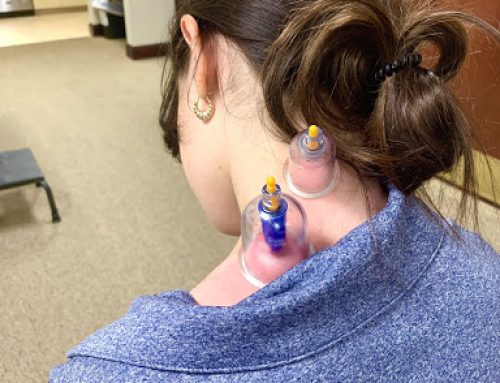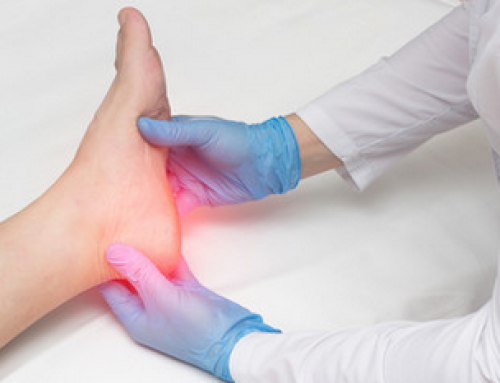A question our patients frequently ask is, “Should I use Heat or Ice?”
Our general rule of thumb on this topic is:
When in doubt, USE ICE! You don’t want to make the mistake of using Heat if you have inflammation.
WHEN TO USE HEAT:
- Generally, heat is used to help open your blood vessels.
- With your blood vessels opened, blood flow will increase to the specific areas of your body that are being affected by the heat.
- Increased blood flow will help to alleviate stiffness and tension throughout your body.
Heat will be good for you if you are experiencing chronic (long-term) conditions such as low back pain, neck pain with headaches, and sprained ligaments past the acute stage.
Some Common Conditions that will benefit from Heat may include:
- Arthritis
- Tendinitis such as Tennis Elbow
- Stiffness
No Heating Pad? No Problem.
You can microwave a damp towel instead; make sure to put a layer between the towel and your skin to avoid burns. Generally, you do not want to use heat for longer than 20 minutes.
Dry rice can also be used. Heat the dry rice in a bowl for your hands or feet. Once the rice is in the bowl, you can put your feet or hands in it. You can also put the dry rice in a sock or pillowcase and for example, use it over your shoulders for your neck.
WHEN TO USE ICE:
- Ice will cause your blood vessels to become more constricted.
- The constriction of your blood vessels will lead to decreased blood flow to the specific areas of your body that are being affected by the drop in temperature from ice.
- Because your blood vessels are becoming constricted, you will experience reduced swelling, inflammation, and pain.
You can use ice for acute (short-term) conditions such as pulled muscles, recent back strain injuries accompanied by muscle spasms, and areas where you experience acute inflammation.
Common Conditions that will benefit from Ice may include:
- Recent sprains
- Recent pulled muscles (strains)
- Acute inflammation
No Ice Pack? We’ve got you covered.
You can put ice in a plastic bag, and use it in place of an ice pack. Using crushed ice is suggested so that it will conform better to the area that is being treated
Another substitute you can use is mixing water and alcohol in a plastic bag and freezing it. This combination will leave you with a slushy-like liquid perfect for a cold pack.
We also offer gel cold packs for purchase in different sizes. Ask us next time you are in the clinic.








